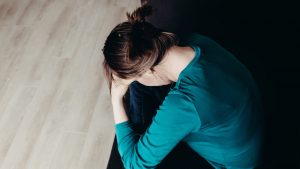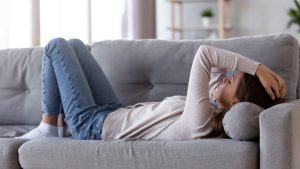Infertility: A brief introduction
According to different studies, infertility affects 6 to 15% of couples. This may sound like a relatively small percentage and that is because, in the medical environment, infertility is only defined as such after one year of unsuccessfully trying to conceive in women under 35 years, and after 6 months in those over 35.
There are three different types of Infertility:
Medical or Hormonal (40%)
Idiopathic (20%)
Mechanical. (40%)
In this blog, we will focus on mechanical infertility as through research, studies and experience, we have found that Osteopathy has been proven to increase the mobility and function of our bodies which has resulted in successful treatment for couples with infertility issues.
Did you know that up to 60% of female infertility can be due to mechanical issues?
The main cause of mechanical infertility can be summarized in one word: Adhesions.
This fibrous tissue, which is formed due to different causes, remains in the affected area long after it has been repaired. Some possible triggers are surgeries, endometriosis, inflammatory diseases, polyps, bowel obstruction and other processes that can cause severe damage.
In addition, idiopathic infertility could also be caused by micro adhesions which are too small to be detected through imaging but still able to affect our bodies, therefore taking it back to the mechanical sterility group.
Adhesions and micro adhesions restrict the mobility and the function of the affected and surrounding organs, ligaments, bone structures, muscles and nerves which can lead to difficulty in conceiving. They also affect the success rate of the implant of IVF (in vitro fertilization) and other assisted reproductive procedures. To give you a clearer idea of what an adhesion is, you can think of it as a stitch on your shirt: the fabric on that area isn’t as soft as it is in the rest of the shirt.
Why do adhesions form?
Adhesions are formed during inflammatory processes in fact whenever our bodies experience inflammation, mechanisms to repair the damaged area and prevent further harm are engaged. Unfortunately though, the new fibers used to repair these structures are not laid down neatly but rather randomly, pulling different tissues together from different directions trying to hold it together but ending up shrinking it instead.
This shrinkage decreases tissue movement, leading to irritation and inflammation, stimulating the formation of new adhesions that further reduce mobility – you can see how this process can go on over and over creating a vicious cycle. Unfortunately, the longer the cycle goes on, the more these random links turn into micro adhesions, adhesions and eventually scar tissue. If you have a scar on your body, try going over it with your finger: it won’t be as soft and moveable as the rest of your skin. This ongoing process happens on all levels and affects deeper tissues as well.
How can Osteopathy help?
Mobilization of soft tissue through manual therapies such as Osteopathic manipulative treatment could break down adhesions, restoring normal mobility and function to the organs and their surroundings. This hypothesis has then been clinically observed, noting how the mobility of tissue after treatment increases. The release of these adhesions appears to be a natural treatment for mechanical infertility and an aid to IVF therapies.
Through Osteopathic treatment, a friendlier environment for implantation is created, decreasing spasms in the lower abdomen and improving the mobility of the organs, increasing the chances of a successful implant.



